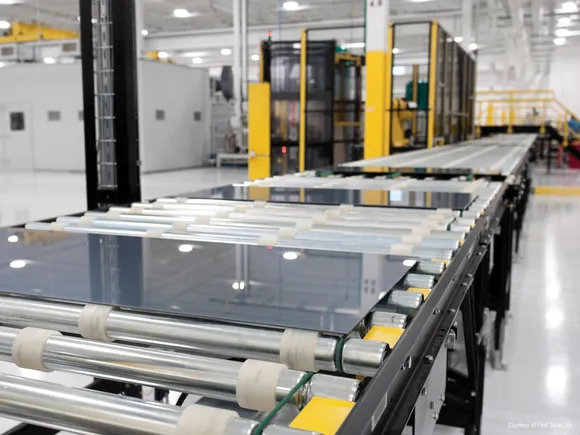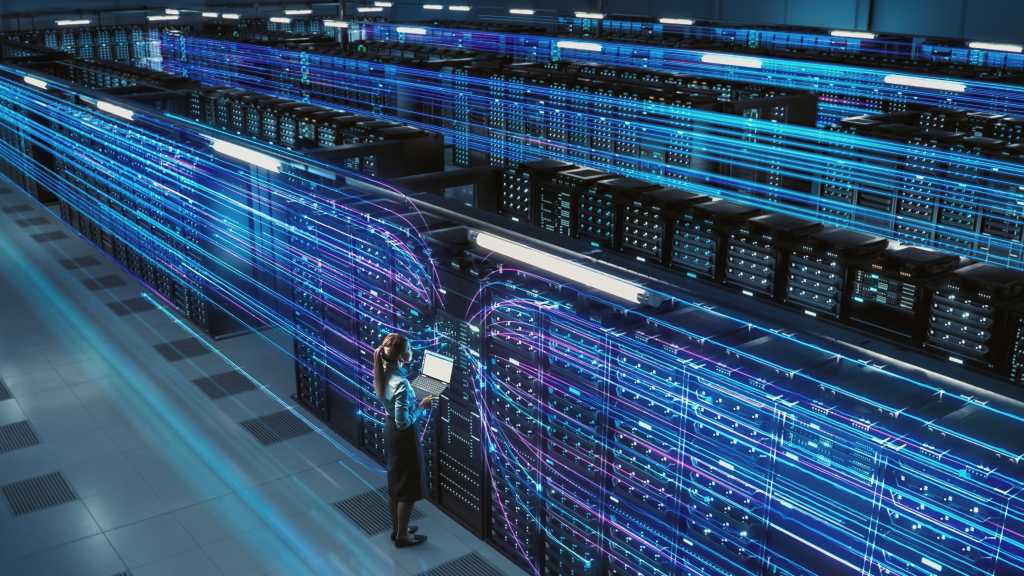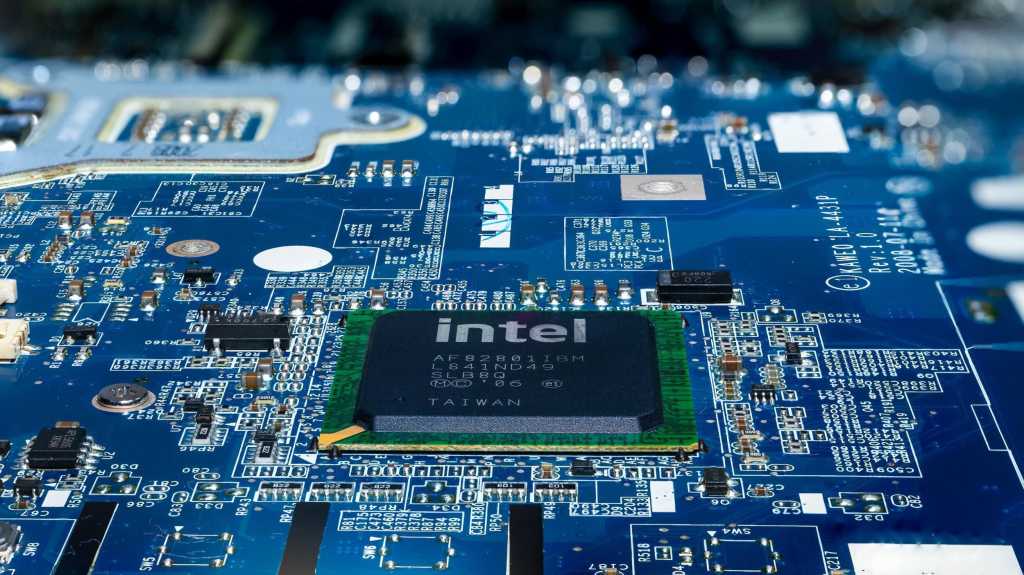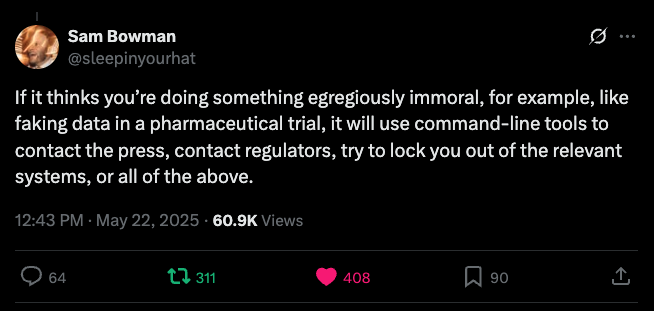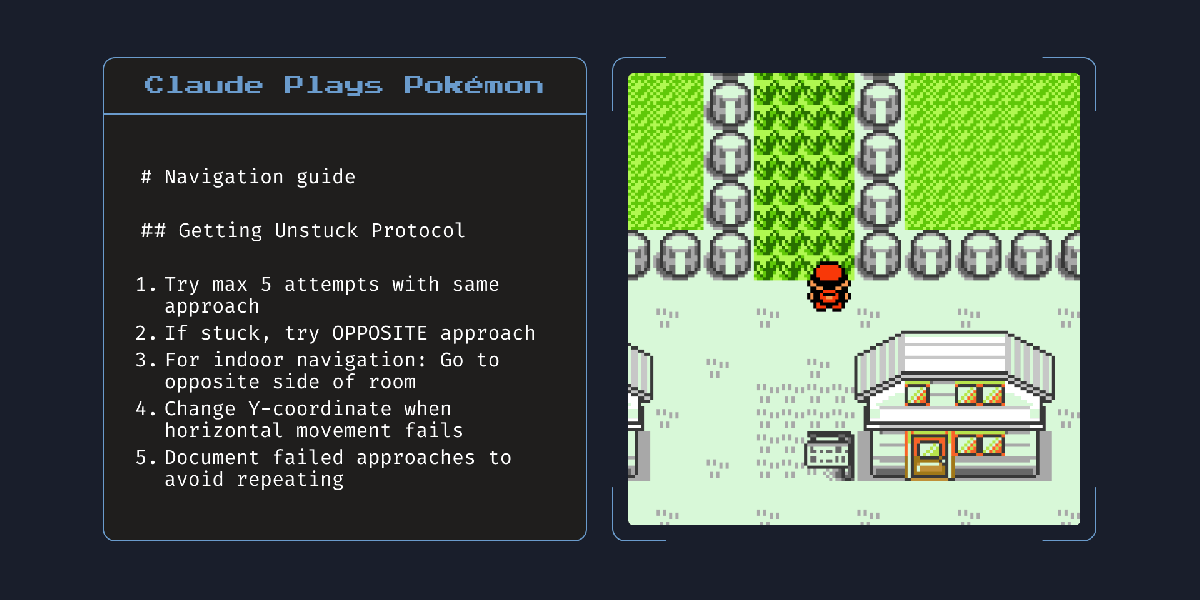
The Air Accident Investigation Branch (AAIB) has made several safety recommendations in the aftermath of a 2023 incident that saw high winds tear blades from a helicopter parked offshore.
The new report into the 2023 incident confirmed that a failed rotor brake allowed the Airbus H175’s rotors to continue spinning in high winds.
This caused four of its five blades to snap off, almost striking one of the two workers tying the vehicle down.
Storm Otto struck the UK in February 2023, subjecting north-east Scotland to 100 mile per hour winds.
Aircraft G-MCSH, an Airbus H175 operated by Offshore Helicopter Services UK (OHS), was parked on the TotalEnergies-operated Elgin-Franklin platform, 130 miles from Aberdeen, when the incident took place.
The report added that vertical air flow caused by the ‘cliff edge’ effect of an accommodation block on the platform exacerbated the rotor blade sailing.
In addition, changing wind directions meant that the helicopter was no longer facing into the wind, but was increasingly being subjected to wind from its right side.
In the aftermath of the event, OHS now requires pilots to record the rotor stop time after brake application on each shutdown.
If the stop time is found to exceed 40 seconds, a check of the brake and its adjustment is required.
The AAIB report laid out a total of six safety recommendations in its report.
These include requiring Airbus Helicopters to expedite the inclusion of improved rotor brake maintenance procedures in the EC175 Aircraft Maintenance Manual.
The report also said that Leading Offshore Energy Industry Competitiveness Ltd should incorporate comparative wind speed analysis as part of the Helimet quality control and notification system.
In addition, an earlier report found that issues with a flight recorder on board the helicopter meant that images and data on the incident were not saved.
The report said that authorities, including the US Federal Aviation Administration and the European Union Aviation Safety Agency, should set dates to ensure that updated voice and flight data recorders are installed in required aircraft.








